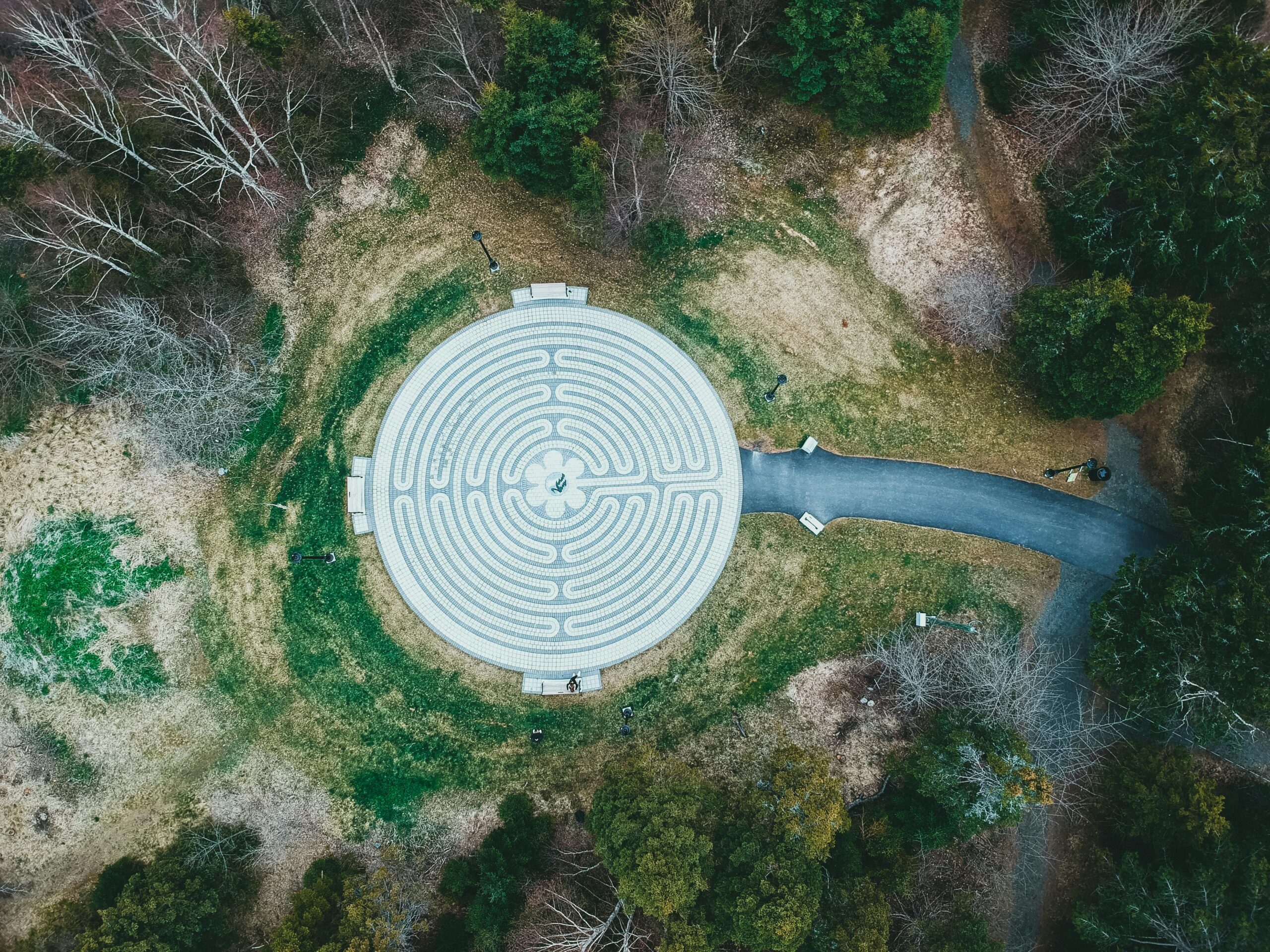Gestalten Garten: Creating Your Perfect Outdoor Space
Understanding Garten Gestaltung
Garten gestalten refers to the art and practice of designing outdoor spaces to enhance their beauty, functionality, and sustainability. It involves a planned approach to organizing plants, pathways, structures, and furnishings in a way that harmonizes with the natural environment. Proper garden design can transform ordinary backyards into stunning retreats, increasing not only aesthetic appeal but also property value. To start with your garden design journey, it’s essential to consider the climate, soil conditions, and sunlight availability in your area.

The Elements of Effective Garden Design
When looking to gestalten garten, focus on several essential elements that contribute to an effective design. These include layout, plant selection, hardscaping, and seasonal interest. A well-thought-out layout ensures smooth flow and accessibility in your garden. Plant selection is crucial; choose plants that complement each other and suit your local climate. Additionally, consider incorporating hardscaping features like patios, fences, or paths that create structured visual interest. Lastly, aim for seasonal diversity by selecting plants that bloom at different times of the year, ensuring your garden remains vibrant and compelling throughout the seasons.
Creating Focal Points
Focal points are vital in any garden, serving as visual anchors that draw the eye. Ideas for focal points include unique trees, sculptures, ornamental birdhouses, or even garden benches. When designing your garden, strategically place these elements to create balance and interest. For instance, a vibrant flowering shrub can serve as a colorful centerpiece when placed near a pathway, while a tranquil bench under a tree can invite relaxation. By thoughtfully incorporating focal points into your design, you enhance the overall aesthetic and create moments of pause within the landscape.
Planning Your Garten Layout
The layout of your garden is fundamental in landscaping. A well-planned **garten layout** facilitates seamless navigation and maximizes space use. Start by sketching a rough outline of your garden area, noting sun and shade patterns throughout the day. This will help determine where to place various plants and features. Consider employing techniques such as the “room” concept, where different sections of the garden serve distinct purposes—like relaxation, play, or vegetable growing. This division not only adds functionality but also enhances the visual appeal of your entire garden space.
Choosing the Right Plants
Your choice of plants has a lasting impact on the overall feel of your garden. When deciding which plants to use, think about the **growing conditions** in your area, such as soil type and climate. Native plants are often a wise choice as they generally require less maintenance and are more resilient. Additionally, consider a mix of trees, shrubs, and perennials for diverse textures and colors. Remember to think about flowering times and leaf coloration to ensure year-round interest, which keeps your garden lively regardless of the season.
Incorporating Sustainable Practices
In today’s environmentally-conscious world, incorporating sustainability into your garden design is a necessity. Utilize techniques such as rainwater harvesting, composting, and xeriscaping to conserve resources and enhance garden health. Rain gardens, which are specially designed to handle stormwater runoff, can add beauty while functioning ecologically. Furthermore, consider selecting drought-resistant plants to minimize water use. Creating sustainable spaces not only benefits the earth but can also lead to lower maintenance costs and a more resilient garden overall.
Enhancing Your Garden with Hardscaping
Hardscaping refers to the non-plant elements in garden design, such as patios, paths, walls, and fences. Thoughtful integration of hardscaping features can augment the visual appeal and functionality of outdoor spaces. For instance, a flagstone pathway leading to a seating area guides guests organically and invites exploration. **Outdoor furniture** and structured areas like pergolas enhance outdoor living experiences and make your garden comforting and inviting.
Developing Functional Spaces
Consider the various activities you plan to enjoy in your garden when developing functional spaces. Designate areas for cooking, dining, or relaxation by incorporating features such as outdoor kitchens, fire pits, or shaded lounges. Create multi-use spaces that can accommodate gathering with family and friends while still being conducive to quiet reflection. By thoughtfully considering the activities that will take place in your garden, you can design spaces that serve your lifestyle and preferences gracefully.
Creative Lighting Solutions
Proper lighting can transform your garden into a breathtaking evening retreat. Use a combination of ambient, task, and accent lighting to enhance visibility while creating a warm atmosphere. Pathway lights can illuminate walkways, while uplighting on trees and shrubs can create dramatic effects. Fixtures like string lights or lanterns add a touch of charm, making your garden a perfect gathering spot even after sunset. Don’t forget about eco-friendly options such as solar lights to minimize energy consumption and reduce how much power you draw from the grid.
Garden Maintenance Essentials
Once your garden is beautifully designed, regular maintenance is key to keeping it in top condition. Proper care involves tasks like watering, pruning, fertilization, and pest control, ensuring your garden remains vibrant and healthy. Creating a seasonal maintenance schedule can help you stay organized and proactive. This includes planning for both routine tasks and larger seasonal overhauls, such as planting new flowers in the spring or preparing your garden for winter. Through diligent maintenance efforts, you will not only prolong the life of your garden but also ensure it continues to flourish over the years to come.
Seasonal Care Tips
In maintaining your garden, being aware of seasonal care tips is crucial. For instance, spring is the ideal time for planting and fertilizing, while summer focuses on regular watering and deadheading. Fall is significant for preparing your plants for winter—consider mulching and cutting back perennials to protect them. Winter care often involves ensuring the garden is prepared for frost; covering delicate plants can prevent damage. Understanding the unique needs of your garden through the seasons lends to a healthier, thriving landscape.
Common Gardening Challenges and Solutions
Every gardener encounters challenges, whether it’s pests, diseases, or unfavorable weather. Identifying these issues and implementing solutions promptly is essential. For example, using natural repellents can mitigate pest issues without damage to the ecosystem, while regular observation and proper watering techniques can help prevent diseases. Engage with your local gardening community or extension service to share experiences and gain insights into overcoming challenges specific to your area. Learning from others can enhance your garden journey and increase your chances of success.
Key Takeaways
- Understand garden design fundamentals: Focus on layout, plant selection, and maintaining seasonal interest.
- Utilize sustainable practices: Implement eco-friendly methods like rain gardens and drought-resistant plants.
- Incorporate hardscaping wisely: Functionality-enhancing features such as paths and outdoor furniture offer aesthetic appeal and usability.
- Regular maintenance is crucial: Create a seasonal schedule to keep your garden healthy and thriving.
- Address challenges proactively: Identify pests or diseases early and seek advice to find effective solutions.
FAQ
1. What is the best way to start designing my garden?
To begin designing your garden, first assess the space available and note the sunlight conditions, soil quality, and any existing structures. Sketch a rough layout keeping features like pathways and planting areas in mind. Then, select plants that fit your environmental conditions and design preferences, considering what maintenance you’ll be able to provide.
2. How can I incorporate sustainable practices into my garden?
Sustainable practices can be integrated into your garden design by selecting native plants, reducing water usage through drought-tolerant selections, and incorporating features like rain gardens or composting systems. Use organic fertilizers and natural pest control methods to maintain plant health while minimizing chemical usage.
3. What are some tips for selecting plants for different seasons?
To ensure your garden remains colorful year-round, opt for a variety of plants with staggered bloom times. Early spring bulbs, summer perennials, fall-harvesting vegetables, and evergreens for winter give each season distinct features. Research local climate trends to better understand which species thrive at different times of the year.
4. How can I enhance my garden’s nighttime appeal?
Enhancing nighttime appeal in your garden involves careful placement of lighting. Consider installing path lights, fairy lights in trees, and spotlights on focal points to create a magical atmosphere. Mixing ambient and task lighting allows guests to navigate while enjoying the ambiance and aesthetics of your garden.
5. What common challenges should I prepare for in my garden?
Common challenges include dealing with pests, extreme weather, and soil issues. Preparing for these situations may involve researching pest management techniques, selecting drought-resistant plants, or amending soil as necessary. Regular maintenance and observation will help in identifying and mitigating issues before they escalate.
